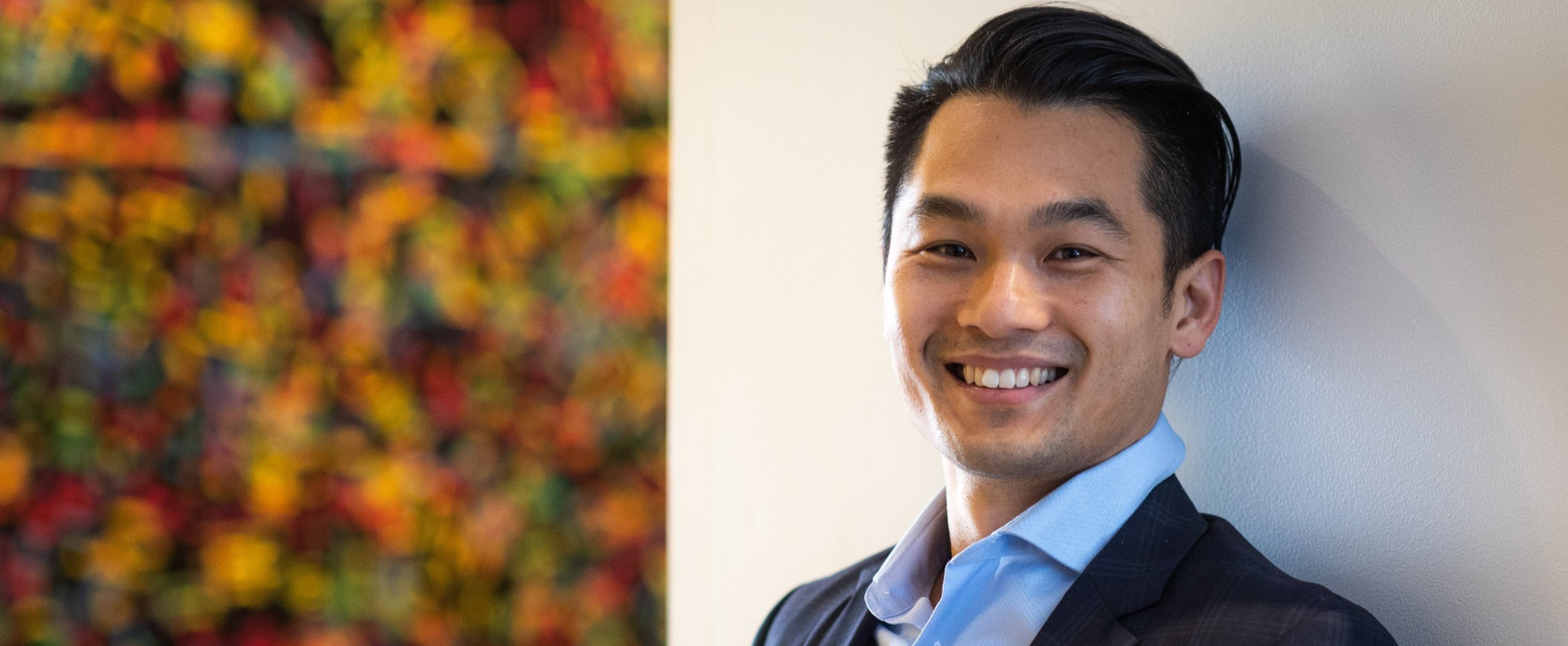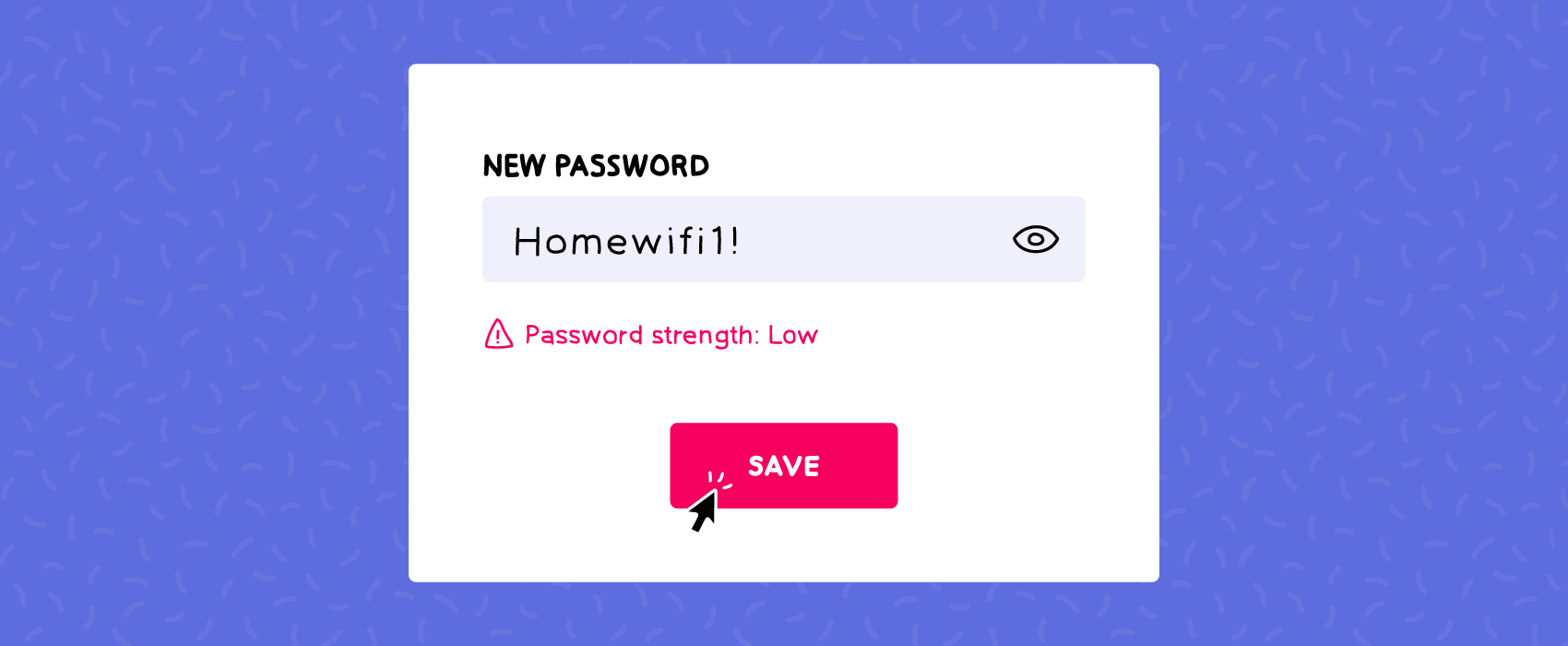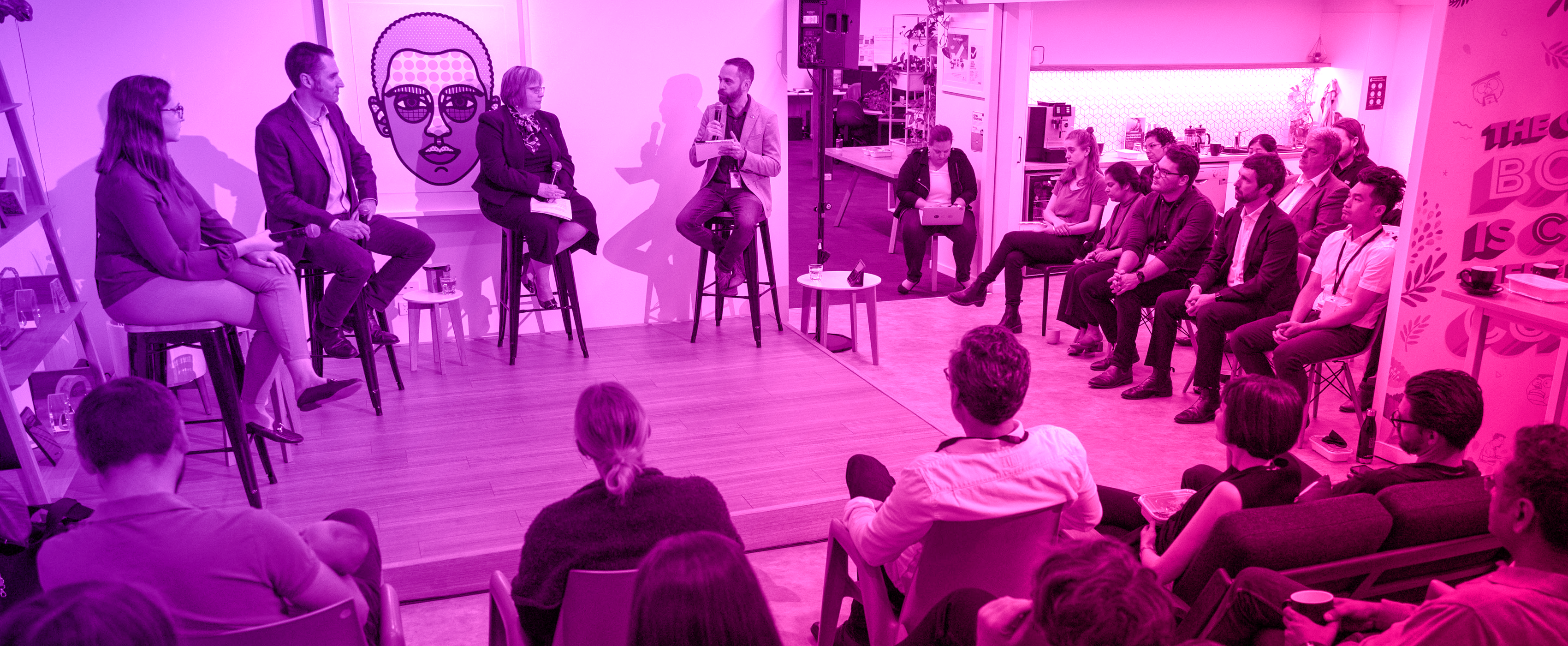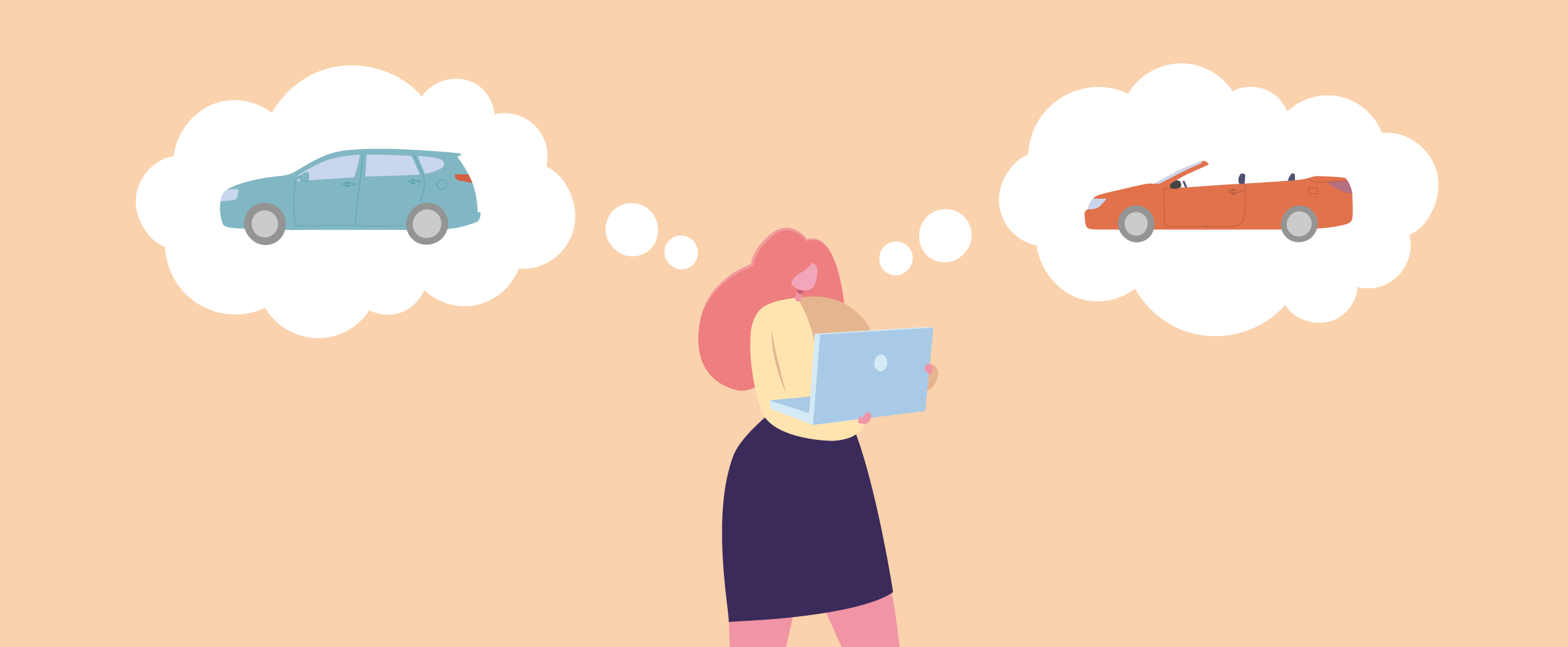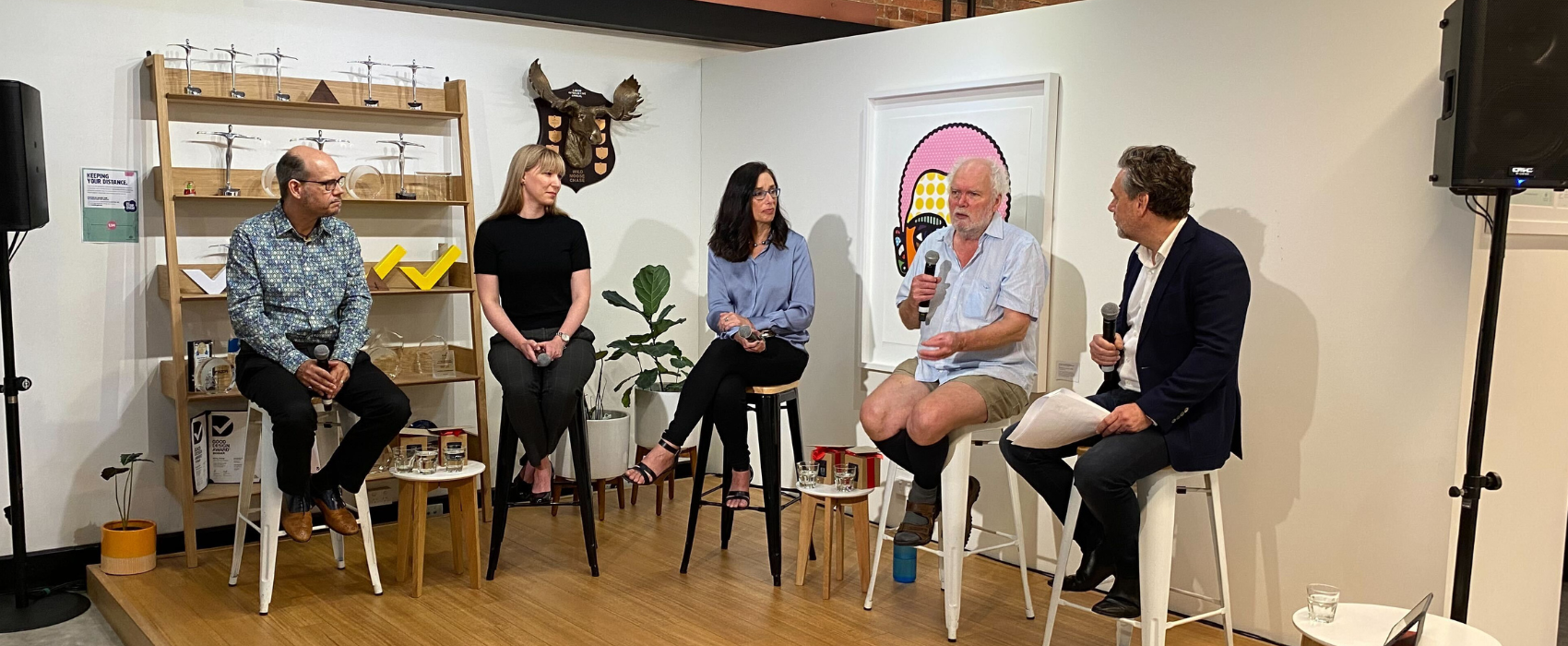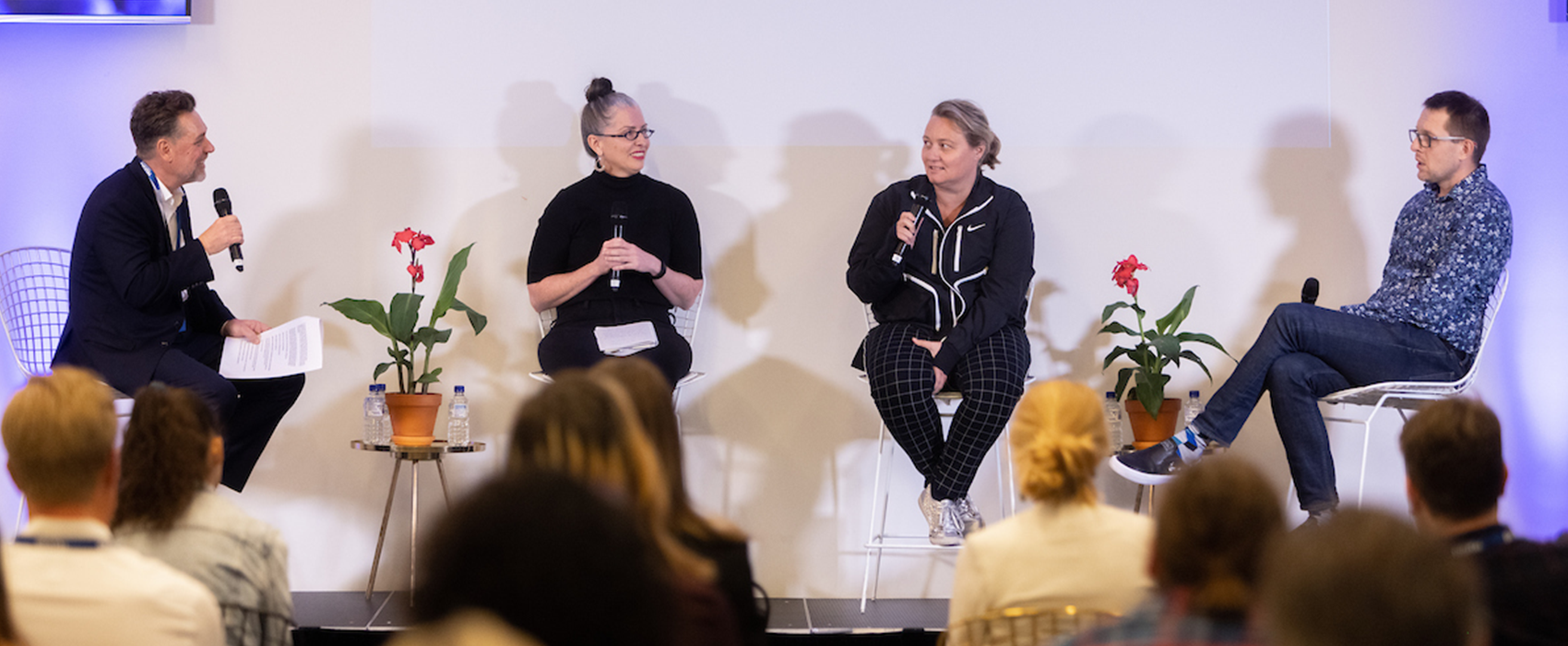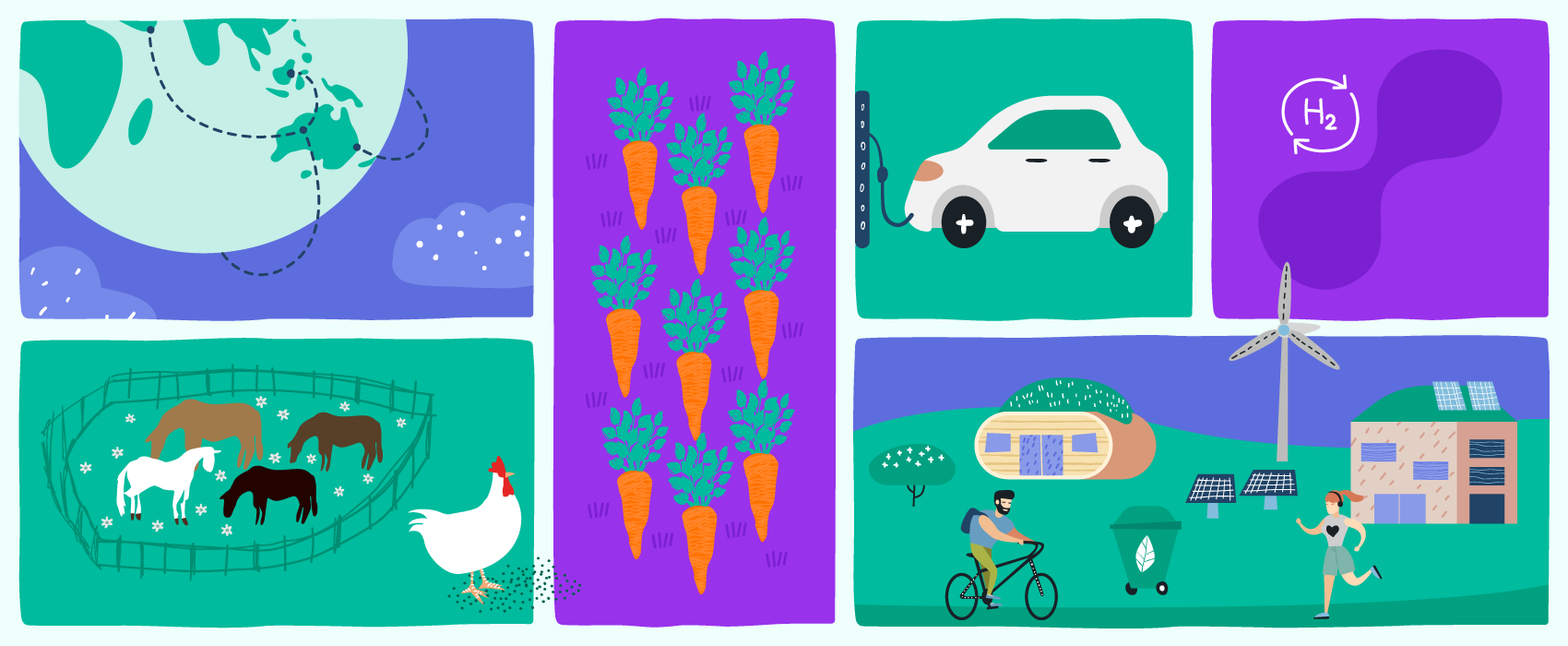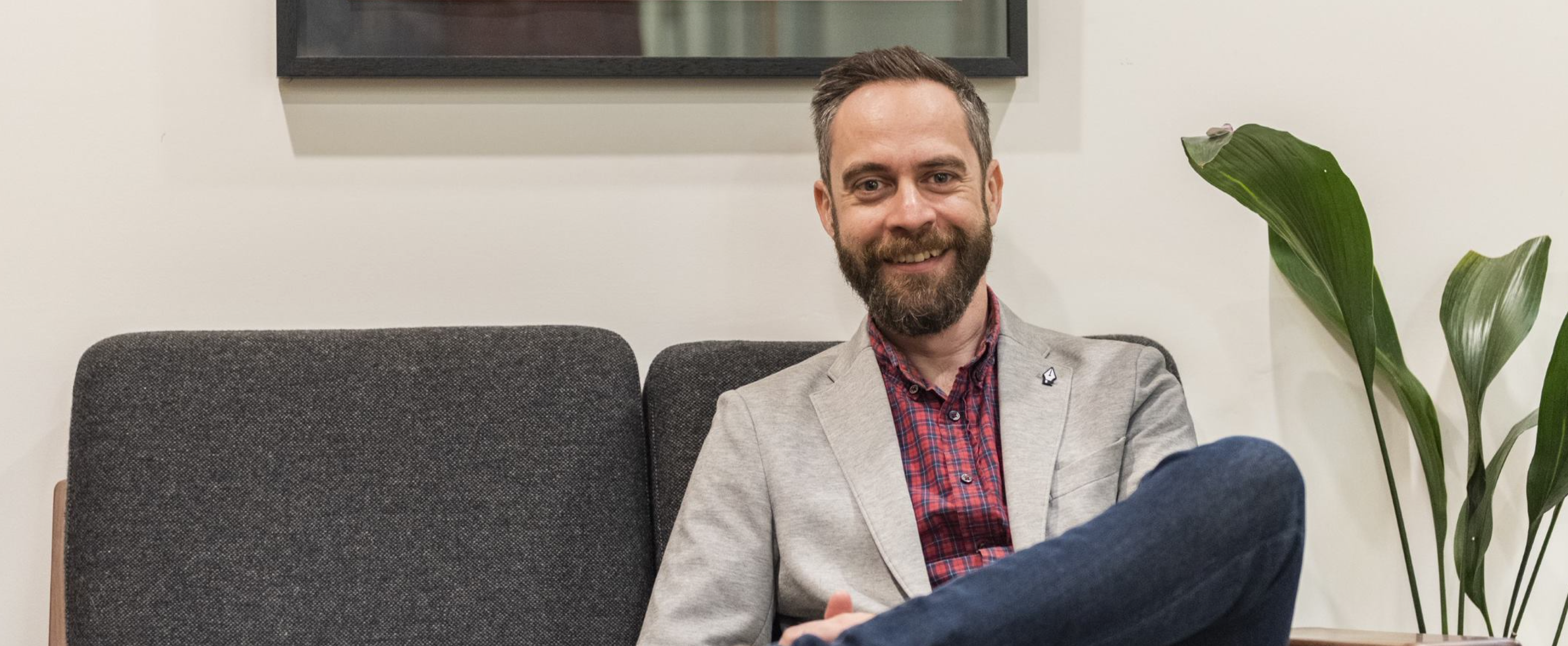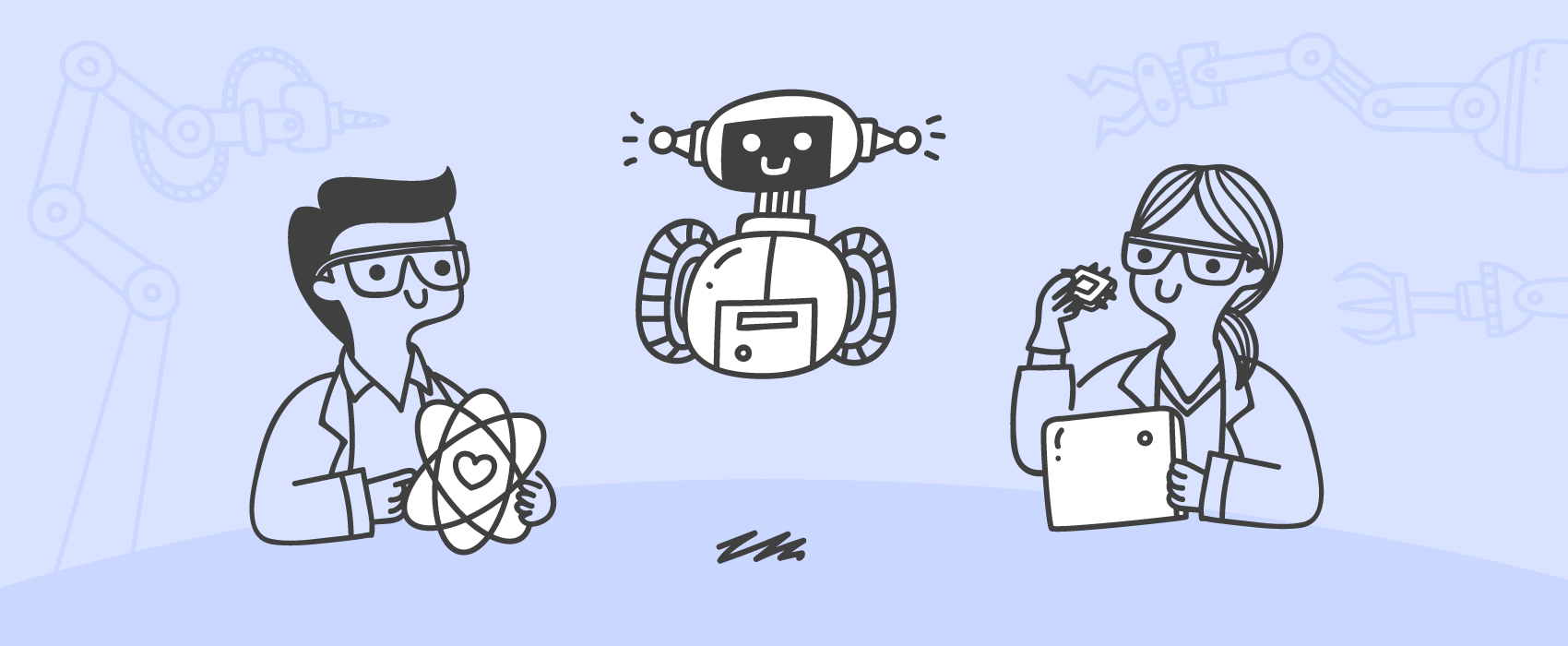All the latest.
To understand people, we need to step into their shoes. The best way to do that is with research — sit with them, take an interest, listen really hard, watch what they do, how they look and sound.
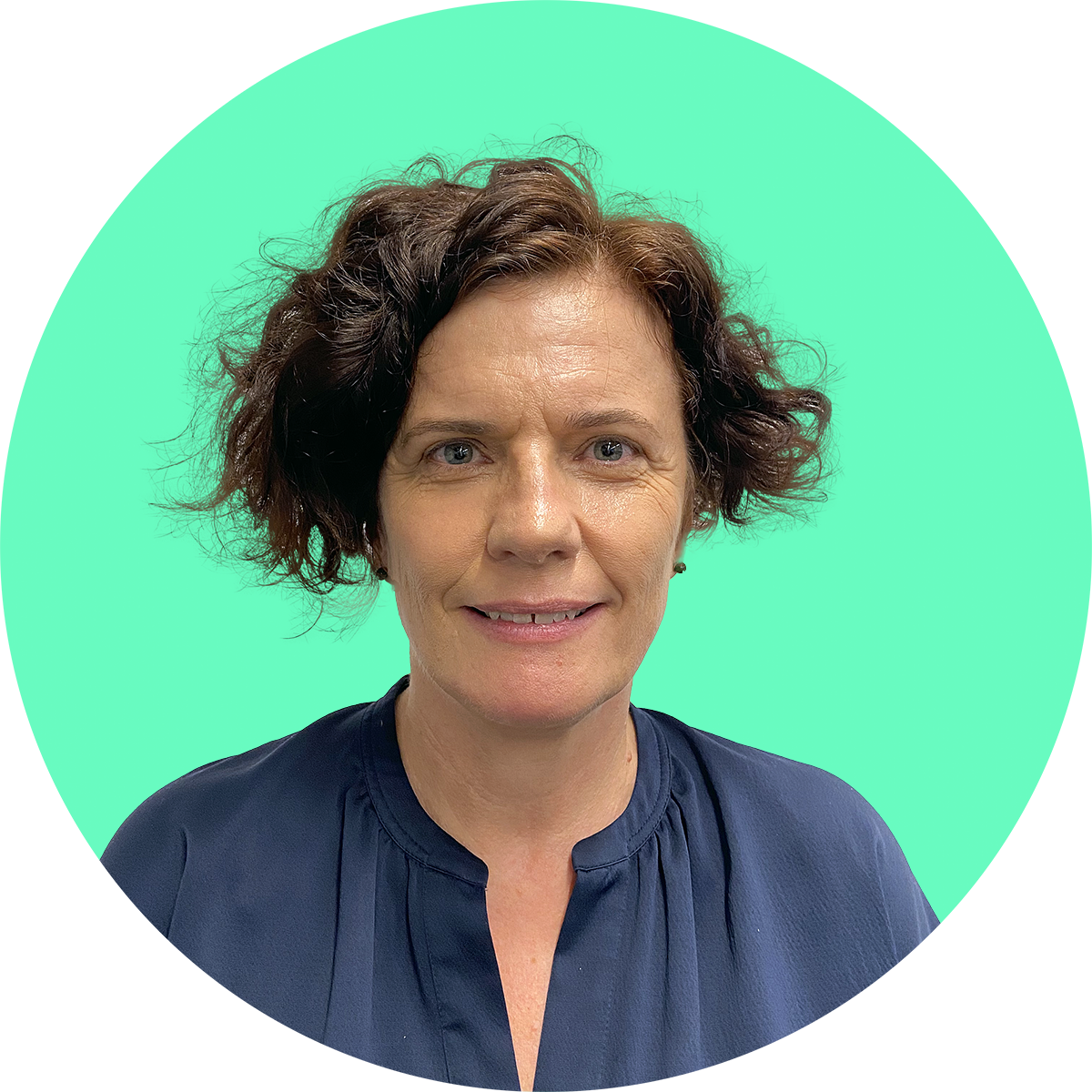
What skills do people need to be successful in the digital industry?
With the launch of Liquid’s Graduate Program this year, as well as welcoming new team members recently, I’ve been giving this question a lot of thought over the past couple of months.

Overcoming the cybersecurity challenge sounds like a difficult task. Even understanding the cybersecurity challenge might prompt blank stares from many.
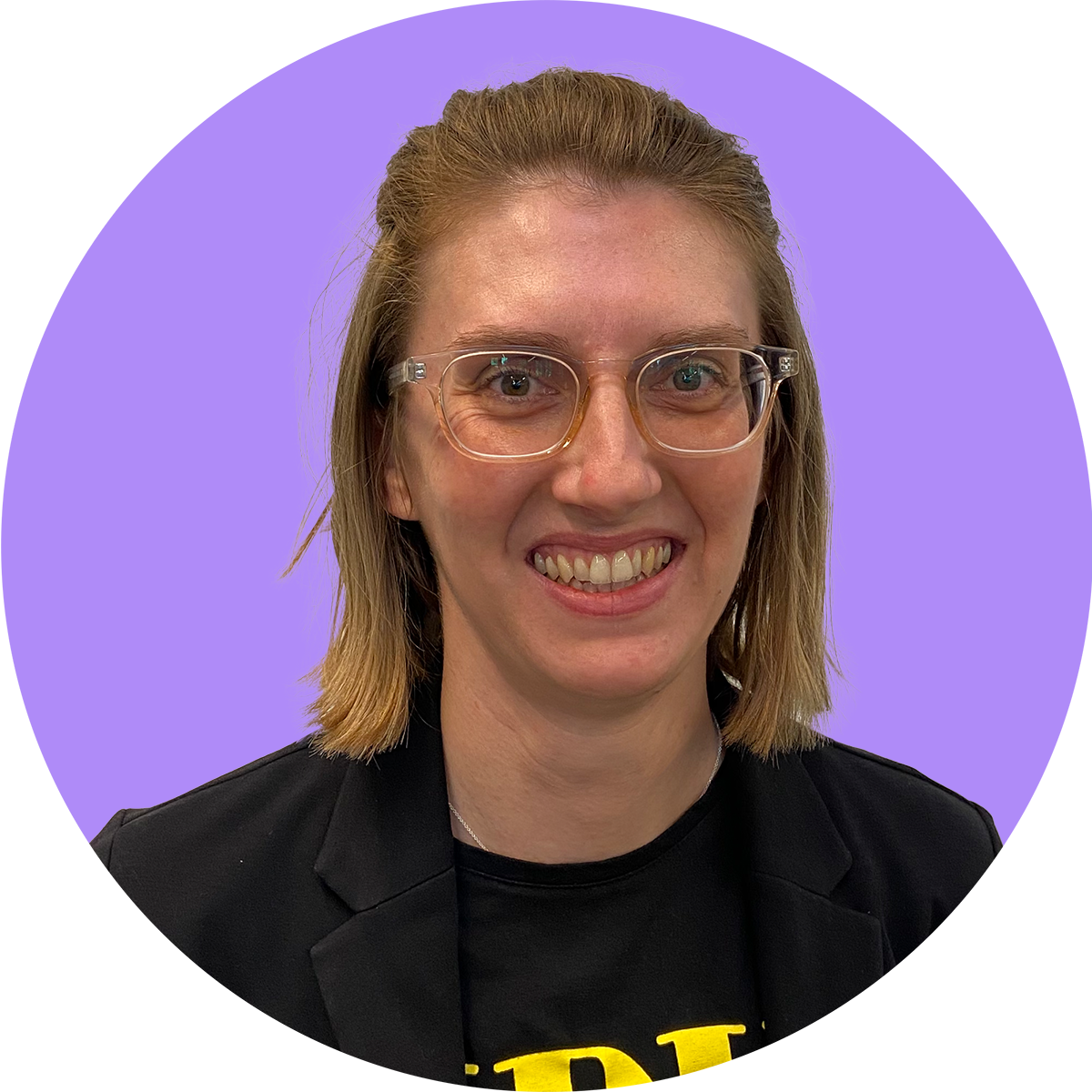
What have we learnt from Future Led this year?
30 Nov 2021At Liquid, we think there’s value in having a future-orientated mindset. However, this can be tough when you’re deep in the details of an immediate problem that needs solving.
So every couple of months we take a step back from our work and look beyond our horizon at emerging trends, issues, or topics that we think are worth paying attention to.

For decades, economists, psychologists, and academics have come up with definitions, theories, and hypotheses about how human beings make decisions. Marketers have studied and experimented with nudge theory, the five steps of decision-making, consumer involvement theory, and more—all with the aim of finding out what makes people do the things they do.

The end of democracy? Maybe it's just evolving
12 Nov 2021"How democracy ends” sounds like one of those topics you’re supposed to avoid talking about.
With the advances of digital technology, the proliferation of mis- and dis-information, shifting geopolitical power — is our democratic system under threat? Also, how do you cover all this in an hour conversation?!

The four Cs of Something Digital
11 Oct 2021Something Digital is back for its fourth year, embracing the hybrid program of real-life and online sessions that the pandemic has taught us to roll with.

How can a company like Liquid contribute to the disruption of climate change – apart from being mindful of our carbon emissions as a business and making green decisions in our individual lives?

It can be useful to think about a career in design as not just a craft, but a method of problem solving. These two threads have featured together throughout the 25-year career of Sam Daley, Liquid’s Head of Product.

Super-intelligent AI – social saviour or world threat? The reality might be somewhere in between
2 Aug 2021Wrapping your head around the current state of super-intelligent AI requires you to consider two parallel realities – the first involves ethical and philosophical questions, and the second is focussed on technical capability.

Featured Posts
- Why healthcare tech is missing the mark – and is there a better way?
- It's time to bring implementation into policy design
- The power of collaboration: Navigating emerging technology for smarter service delivery
- Future Led: Building a community committed to making a difference
- New Dementia Australia website "beautifully considered and empowering"

